Тематический план
The course was made by S.S.Kamaeva

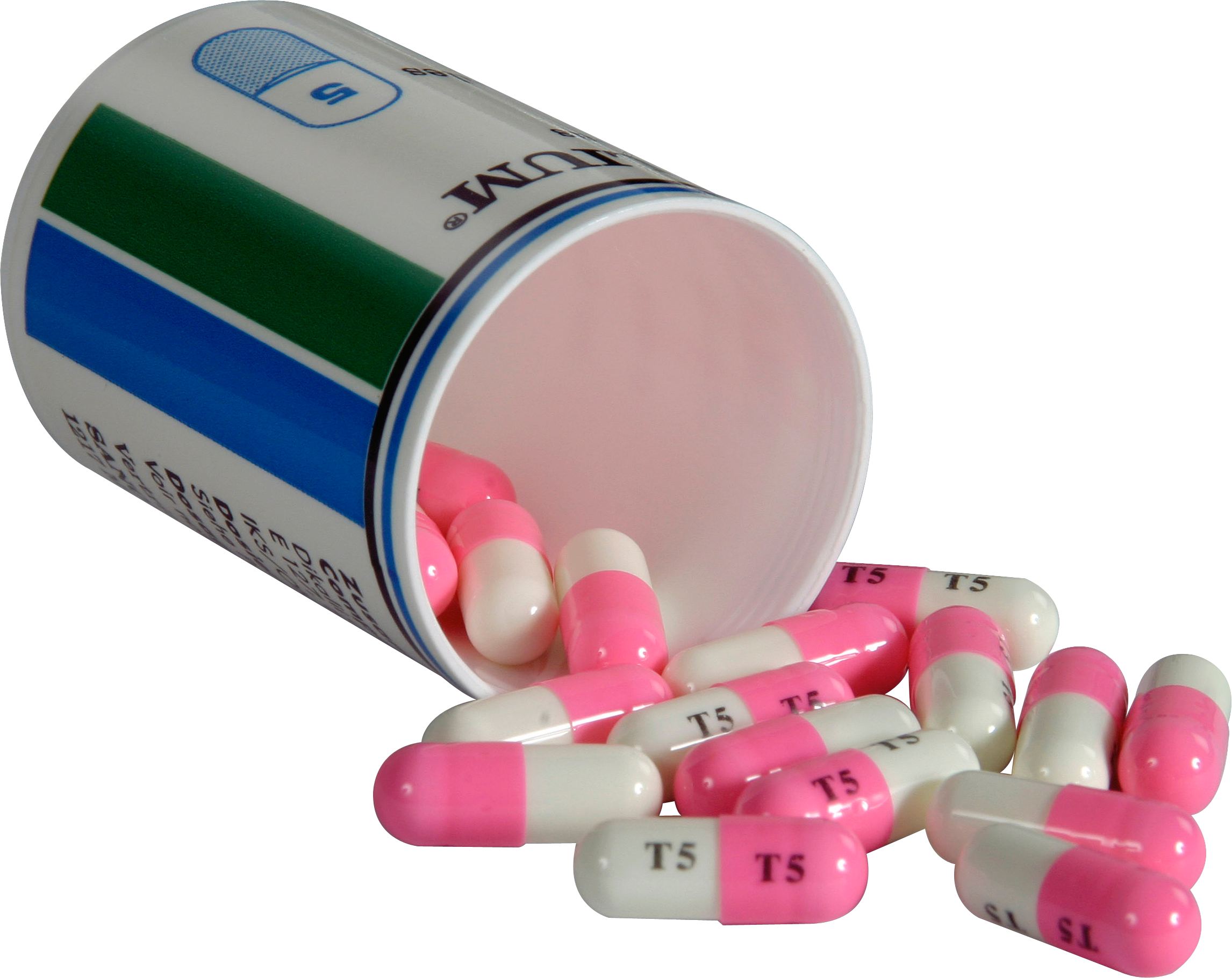
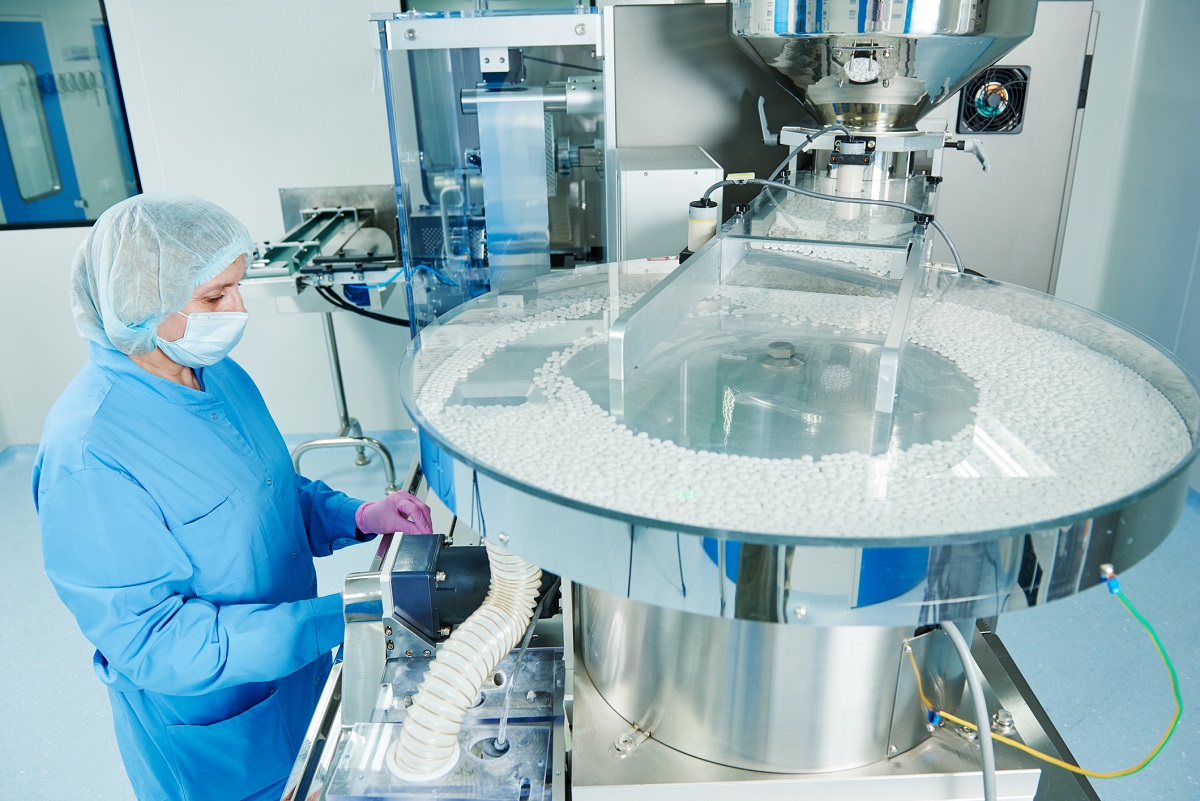


The course was made by S.S. Kamaeva
Full educational time on the subject "MEDICINES FROM NATURAL RAW MATERIALS":
Course: 4
Term (Semester): 7
Lectures 18 hours.
Practical exercises 45 hours.
Independent work of 45 hours.
Total 108 hours.
Credit units of labor (ZET) 3
This subject based on Pharmaceutical technology studies state regulation of the production of medicines from natural raw materials of herbal and animal origin, various dosage forms, phytopreparations, general principles of organizing the production of finished medicines; standardization of medicinal products of natural origin according to GMP requirements; organization of the development and improvement of technologies for the production of various dosage forms from natural raw materials in the conditions of industrial production, sterile and aseptically manufactured dosage forms, phytopreparations, non-traditional dosage forms. Pharmaceutical technology implements is the interconnection of various stages of development and regularities of a general and particular nature in obtaining medicines: therapeutic, prophylactic, rehabilitation, diagnostic, homeopathic, veterinary and cosmetic preparations. Pharmaceutical technology regulates the quality assurance of medicines taking into account the current legislative documents.
The aims of the subject "MEDICINES FROM NATURAL RAW MATERIALS" as a subdivision of pharmaceutical technology as a academic discipline are:
- teaching students the activities of a pharmacist on the basis of studying the theoretical laws of the processes of obtaining and converting drugs of natural origin and excipients into dosage forms;
- the formation of students' practical knowledge, skills and abilities in the manufacture of medicines;
- developing students' ability to choose the most effective and rational drugs and therapeutic systems on the basis of a modern biopharmaceutical concept, study the technology of dosage forms from natural raw materials and assessment of their quality.
MAIN LITERATURE
TEXTBOOK on pharmaceutical technology for students
Additional Internet-resources
1. http://health.elsevier.ru/electronic/mdconsult/training
4. http://www.oxfordjournals.org/
5. http://www.sciencedirect.com/
6. http://www.oxfordscholarship.com/
8. http://ovidsp.ovid.com/autologin.html
9. http://www.emeraldinsight.com/products/collections/health-care-management.htm
10. http://www.interscience.wiley.com
11. http://biblioclub.ru/12. http://www.nature.com/nature
14. http://online.sagepub.com/
17. http://online.sagepub.com/
MEDICINES FROM NATURAL RAW MATERIAL
LESSON 1
Dosage forms based on plant raw materials. Main processes and equipment of pharmaceutical technology in the production of herbal medicines. Ethyl alcohol as a solvent and extractant. Dilution and strengthening of alcohol solutions. Determination of the concentration of alcohol solutions. mass transfer processes. Classification. Phytoextraction preparations. Theoretical foundations for the extraction of capillary-porous raw materials. Factors affecting the completeness and speed of BAS extraction. Extraction methods. Classification. Characteristic. Process intensification methods. Equipment for extraction.

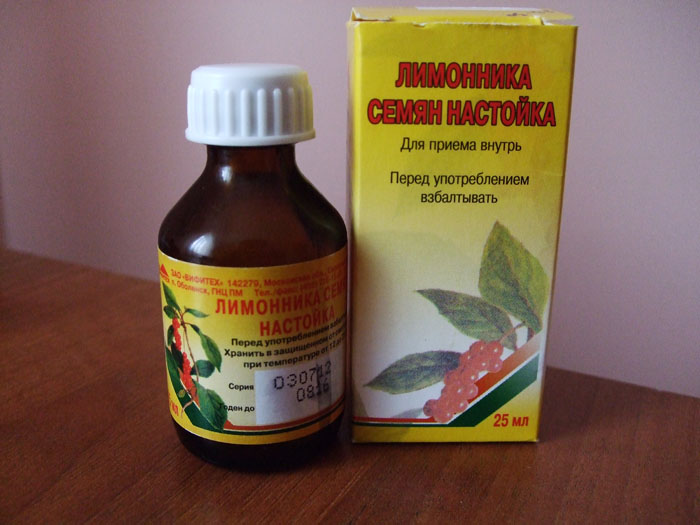
Solve cases in the notebook and show for teacher
.
Ethyl alcohol as a solvent and extractant. Dilution and strengthening of alcohol solutions. Determination of concentration of alcohol solutions with a glass alcohol meter. Cases solving.


Solve cases in the notebook and show for teacher
LESSON 2
Tinctures. Obtaining tinctures by maceration, percolation, intermittent percolation. Processes and devices. Methods for cleaning extracts. Settling. Filtration. Centrifugation. mass transfer processes. Equipment. Standardization of tinctures. Alcohol recovery. Material balance for absolute alcohol and active substances.
You need to construct laboratory regulations on manufacture of Tincturae Valerianae 100 ml in Your notebook and show for teacher
You need to solve cases
LESSON 3. Liquid extracts: preparation and purification methods. Thick (soft) extracts: Preparation and purification methods. Processes and devices. Thermal processes. Heat exchangers. Evaporation. Equipment.
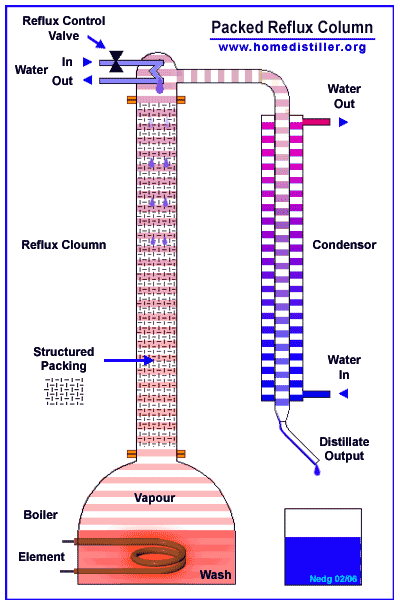
You need to construct laboratory regulations on manufacture of Extractum Crataegi fluidum 100 ml in Your notebook and show for teacher
Dry extracts. Extracts-concentrates. Standardization of extracts. Processes and devices: Drying. Equipment. Standardization of tinctures and extracts. Quality control.



You need to make Report and Presentation
Themes of Presentations
1. Liquid extracts. Characteristic of liquid extracts. Percolation as a method for obtaining extracts. Nomenclature of modern drugs.
2. Thick extracts. Characteristic of Thick extracts. Nomenclature of modern drugs. Equipment
3. Dry extracts. Characteristic of dry extracts. Drying as a process in Pharmaceutical technology. Equipment.
4. Oil extracts from plant raw material. Characteristic. Receiving methods. Nomenclature of oil extracts.
5. Obtaining of extracts by the method of repercolation with the division of raw materials into equal parts with an unfinished and complete cycle. Equipment
6. Obtaining extracts by the Bosin repercolation method. Equipment.
7. Obtaining extracts by the method of repercolation with the division of raw materials into unequal parts. Equipment
8. Obtaining extracts by the Chulkov repercolation method. Equipment
9. Obtaining extracts by countercurrent extraction. Equipment
10. Obtaining extracts by the method of circulating extraction. Device and apparatus of this method.
11. Intensification of extraction processes - turbo extraction, extraction of raw materials on rotary-pulsating apparatus (RPA).
12. Intensification of extraction processes - extraction using ultrasound, electric discharges, electroplasmolysis, electrodialysis. Equipment
13. Obtaining extracts by extraction with liquefied gases.
14. Recovery of alcohol from waste raw materials for the production of galenic preparations. Equipment
15. Alcohol rectification. Rectification installations. Equipment
LESSON 4. Syrups and aromatic waters. Solutions.Theoretical foundations for the distillation of essential oils. Equipment. Technological schemes of production.
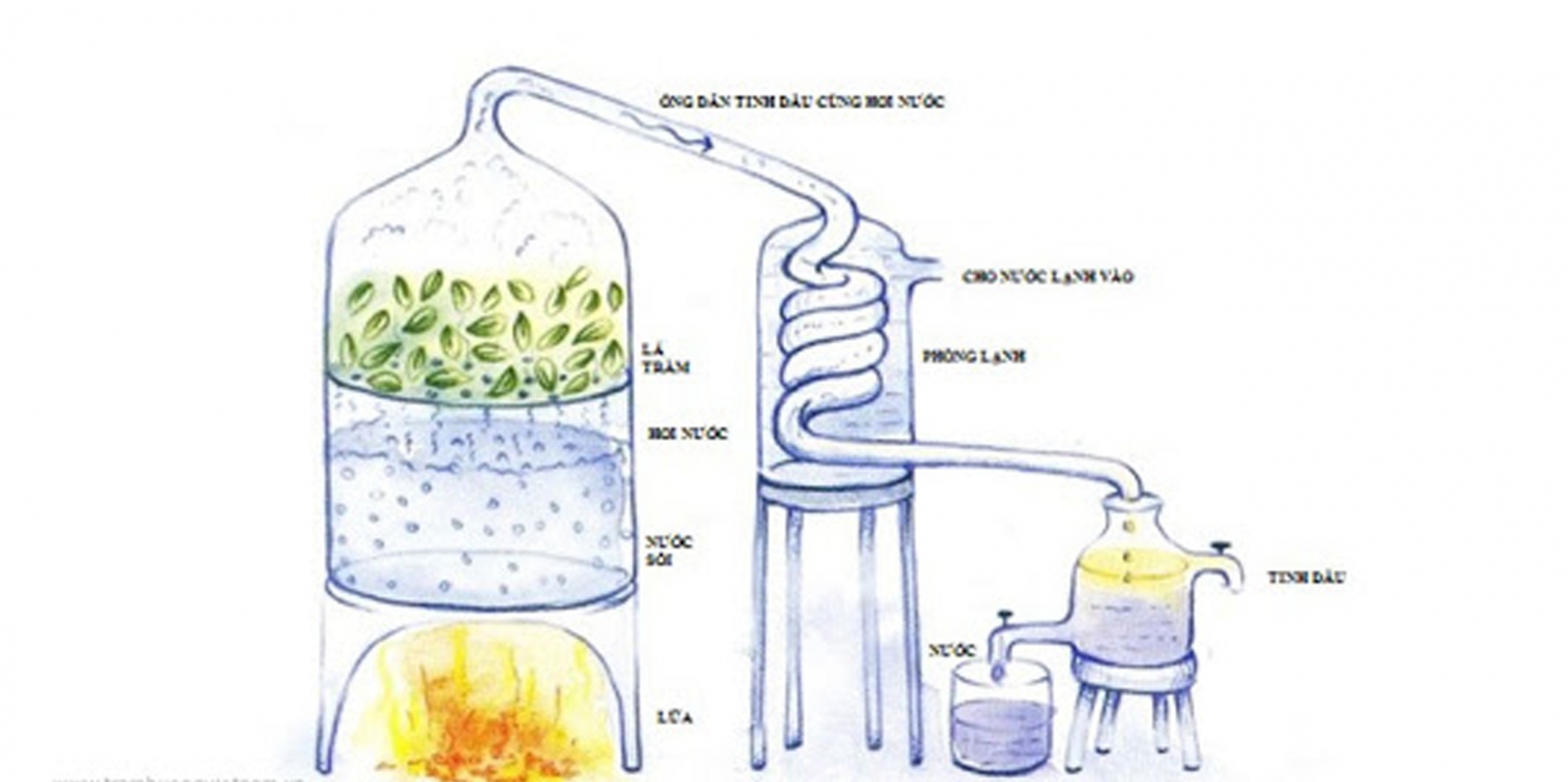

Lesson 5. Aqueous extracts from medicinal plant materials. Extraction process in obtaining aqueous extracts. Medicines containing galenic preparations and concentrate extracts.
Infusions and decoctions. Characteristic. Classification. The use of the main provisions of the theory of the extraction process when obtaining aqueous extracts. The technology of infusions and decoctions, depending on the content of active ingredients in the raw material. Preparation of aqueous extracts using concentrate extracts.

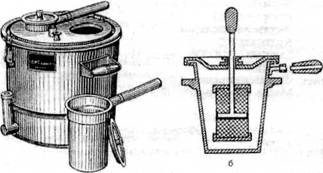

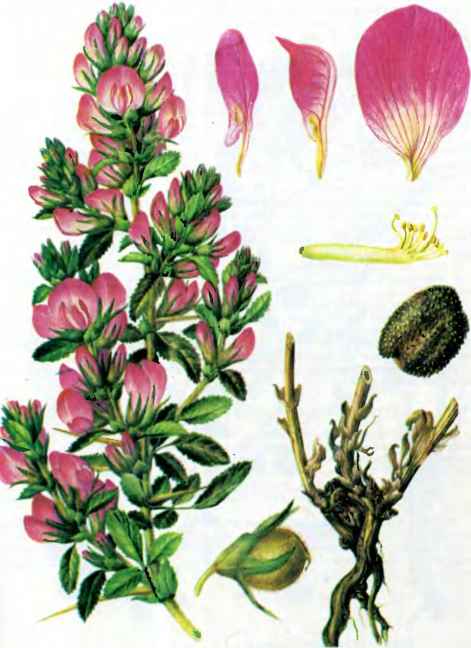

You need to choose one or several true answers
If You was not at lecture You need to fulfil this task in Your notebook and show it to the teacher.
LESSON 6. CONTROL WORK
Choose one true answer
LESSON 7. The most purified phytopreparations: methods of obtaining and purification. General technological scheme. Private technology. Standardization of maximally purified drugs. Phytopreparations of individual substances.

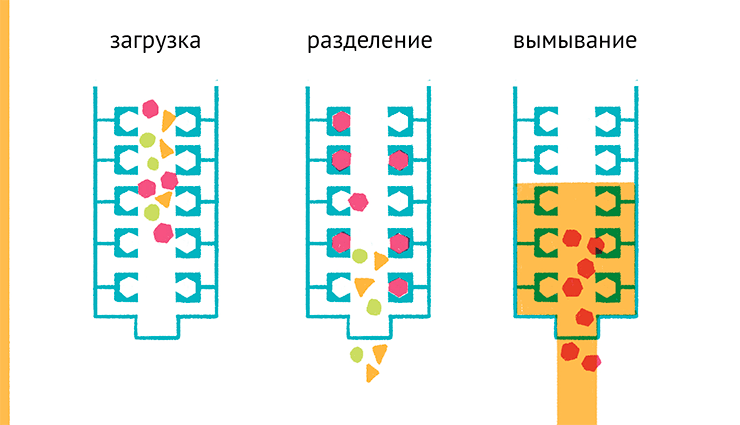

Biogenic stimulant preparations. Preparations from fresh herbal raw materials. General technological schemes. Private technology.

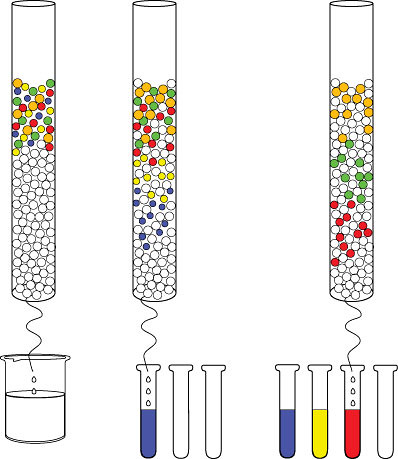
You must write characterization of drug form, theoretical foundation of technology, calculations, technology of drug form, Passport of written control (PWC), it’s back side, packaging, label and storage of drug form and show it to the teacher.
You need to choose one true answer
LESSON 8. Preparations from animal raw materials: methods of production and purification. Private technology.
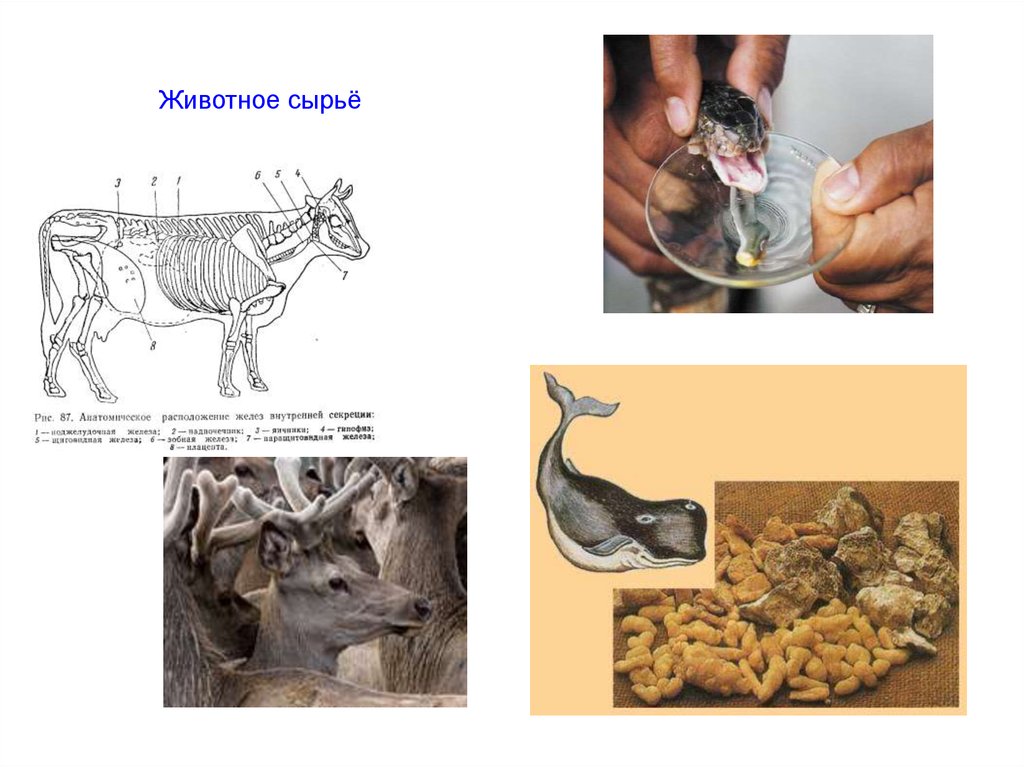
Preparations from animal raw materials: methods of production and purification. Private technology. Enzyme preparations. General characteristics: definition, specificity of enzymatic reactions. Classification and nomenclature of enzymes.
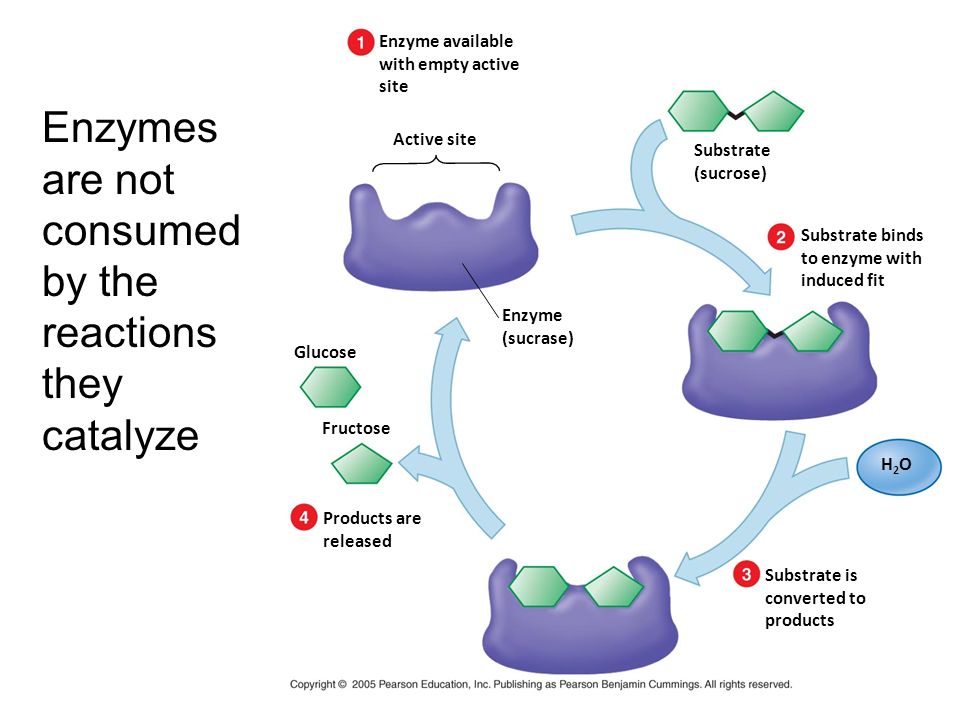
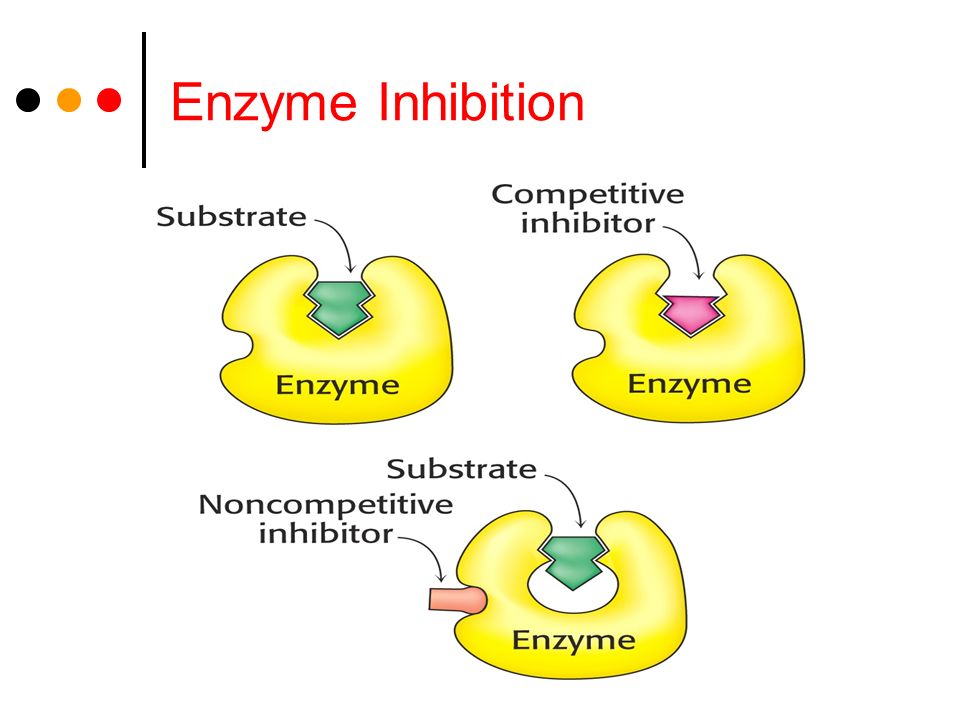
LESSON 9. FINAL TEST
BANK OF TEST QUESTIONS ON SUBJECT "DRUGS FROM NATURAL RAW MATERIAL"
